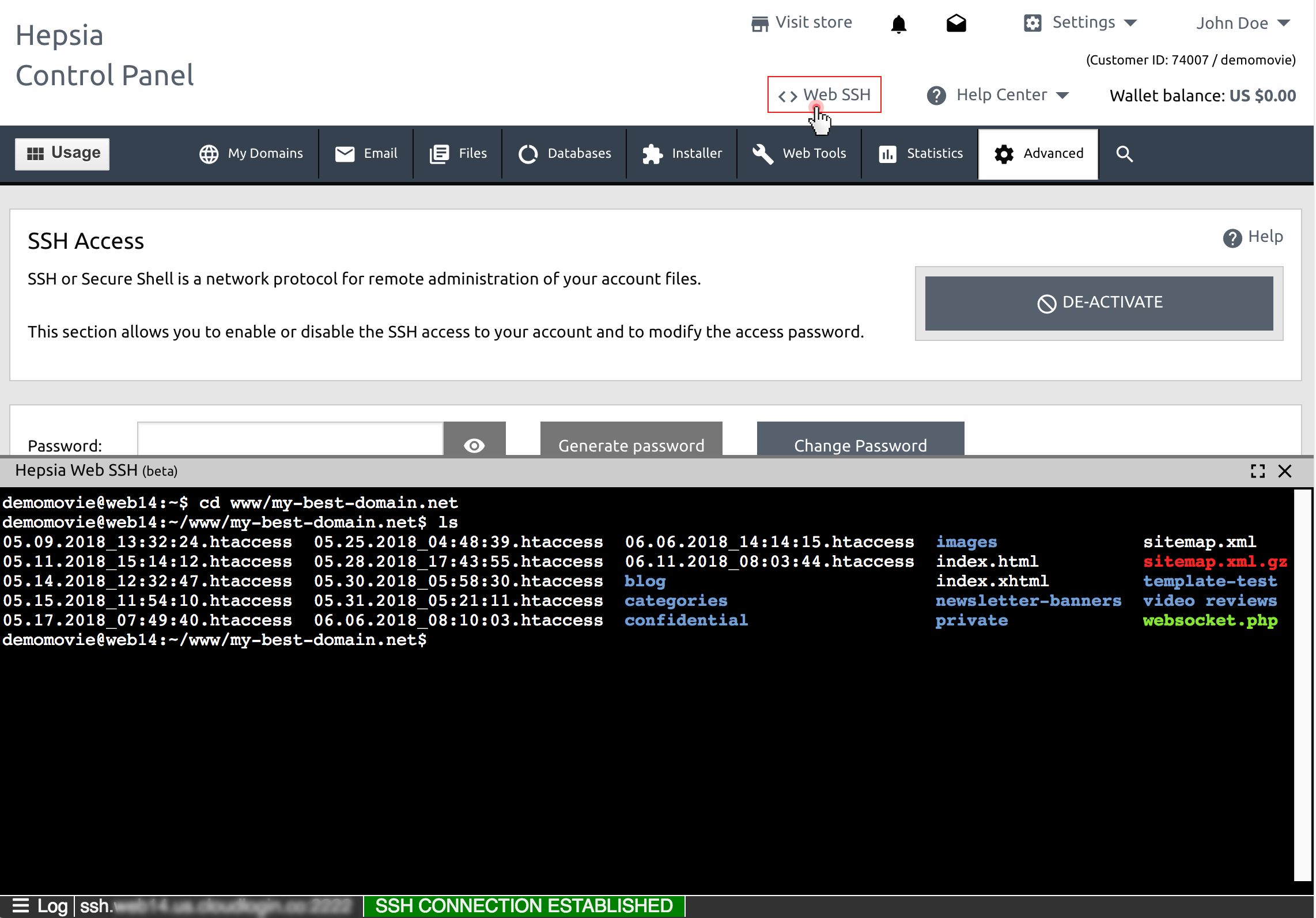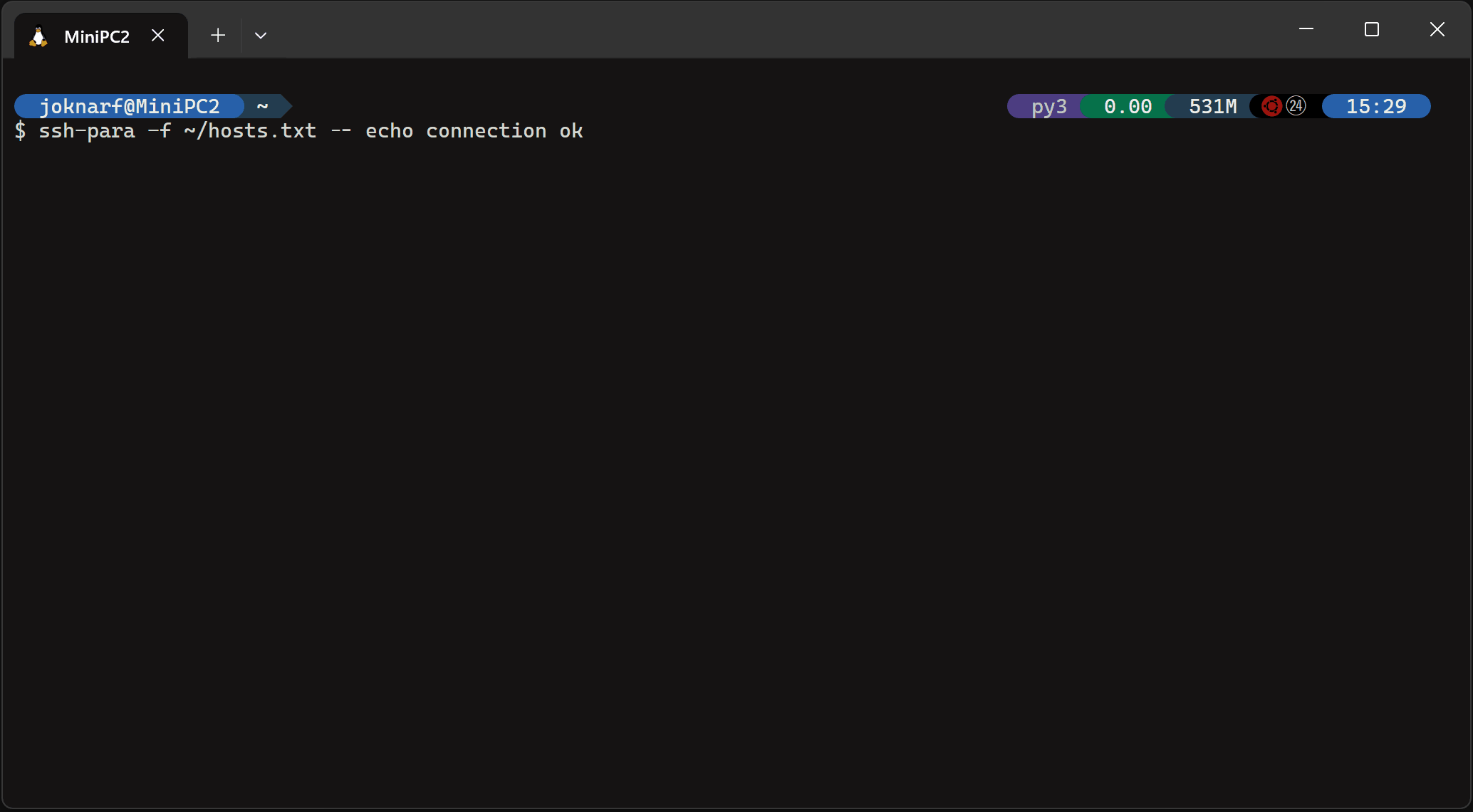Imagine being able to manage your servers from anywhere in the world without needing a complicated setup. That's where web-based SSH comes into play, revolutionizing how we interact with remote systems. Whether you're a developer, system admin, or just someone who loves tinkering with technology, this tool is a game-changer. It allows you to access your servers through a browser, eliminating the need for clunky desktop apps. So, buckle up and dive into the world of web-based SSH because it's about to make your life a whole lot easier.
Nowadays, remote work has become the norm, and having reliable access to your servers is crucial. Web-based SSH is not just a tool; it's a solution that empowers users to perform tasks like file management, software updates, and system configurations from the comfort of their browser. The best part? You don't need to worry about compatibility issues or downloading additional software.
But wait, there's more! Web-based SSH isn't just about convenience—it's also about security and efficiency. As we delve deeper into this topic, you'll discover how this technology can transform the way you manage your digital infrastructure. So, whether you're a seasoned pro or a curious beginner, this article has got you covered.
- 3movierulz Kannada Your Ultimate Guide To Kannada Movies And Beyond
- Jacob Nicholas Caan The Rising Star Whorsquos Turning Heads In Hollywood
What Exactly is Web-Based SSH?
Let's break it down. SSH, or Secure Shell, is a protocol that lets you securely connect to remote servers. But what makes web-based SSH special? Instead of relying on traditional SSH clients, web-based SSH allows you to access your servers directly through a web browser. It's like having a superpower at your fingertips, minus the cape (but hey, who needs one when you have code?).
This method eliminates the need for installing software on your local machine, making it perfect for situations where you're working on unfamiliar devices. Plus, it integrates seamlessly with cloud-based systems, giving you the flexibility to work from anywhere, anytime.
Why Should You Care About Web-Based SSH?
Here's the deal: web-based SSH isn't just a cool tech buzzword; it's a practical solution to real-world problems. For starters, it enhances accessibility. Imagine being stuck in a meeting and needing to quickly check a server log. With web-based SSH, you can pull out your phone, open a browser, and get the job done. No fuss, no hassle.
- Ron Perlman Height The Real Story Behind The Iconic Actors Height
- Heather Joy Arrington The Rising Star Whorsquos Taking The World By Storm
Moreover, it boosts productivity. Traditional SSH clients can sometimes be clunky and slow, especially if you're dealing with older hardware. Web-based SSH, on the other hand, leverages modern web technologies to ensure smooth performance. And let's not forget about security. Most web-based SSH solutions come with built-in encryption, ensuring your data remains safe from prying eyes.
Key Features of Web-Based SSH
Let's take a closer look at what makes web-based SSH so awesome:
- Browser-Based Access: No need for additional software—just open your favorite browser and go.
- Multi-Platform Support: Works on Windows, macOS, Linux, iOS, and Android, so you're never left out in the cold.
- Encrypted Connections: Ensures your data remains secure, even over public Wi-Fi networks.
- Customizable Interfaces: Tailor the interface to suit your preferences, making it as simple or complex as you need.
These features make web-based SSH an indispensable tool for anyone who needs to manage remote systems efficiently.
How Does Web-Based SSH Work?
Under the hood, web-based SSH uses a combination of technologies to create a secure and seamless connection. Here's how it works:
First, you access the web-based SSH interface through a URL provided by your hosting provider or custom setup. Once you're in, the system establishes a secure connection to your server using encryption protocols. This connection is then relayed through a web socket, allowing you to interact with the server as if you were using a traditional SSH client.
It's like magic, but with science instead of wands. And the best part? You don't need to be a wizard to use it. Even beginners can get the hang of it in no time.
Popular Web-Based SSH Tools
So, which tools should you consider? Here are some of the top players in the web-based SSH game:
1. Shellinabox
Shellinabox is a lightweight solution that allows you to access your server through a web browser. It's easy to set up and works on most Linux distributions. Plus, it supports multiple users, making it perfect for team environments.
2. WebSSH
WebSSH is another popular choice, known for its simplicity and speed. It's open-source, meaning you can customize it to fit your specific needs. Whether you're a developer or a system admin, WebSSH has got your back.
3. CloudShell
CloudShell takes web-based SSH to the next level by integrating with cloud platforms like AWS and Google Cloud. It offers advanced features like session recording and multi-factor authentication, making it a top choice for enterprise users.
These tools, among others, provide a solid foundation for anyone looking to implement web-based SSH in their workflow.
Security Considerations
While web-based SSH offers many benefits, it's important to prioritize security. Here are some tips to keep your connections safe:
- Use Strong Passwords: Avoid using common passwords or phrases that can be easily guessed.
- Enable Two-Factor Authentication: Add an extra layer of security by requiring a second form of verification.
- Regularly Update Software: Keep your web-based SSH tools up to date to protect against vulnerabilities.
- Limit Access: Restrict access to only those who need it, reducing the risk of unauthorized access.
By following these best practices, you can enjoy the convenience of web-based SSH without compromising on security.
Use Cases for Web-Based SSH
Web-based SSH isn't just for system admins; it has a wide range of applications. Here are a few examples:
1. Remote Development
Developers can use web-based SSH to access remote development environments, allowing them to code from anywhere. This is particularly useful for collaborative projects where team members are spread across different locations.
2. Server Management
System admins can use web-based SSH to manage servers, perform updates, and troubleshoot issues without needing to be physically present. It's like having a remote control for your digital infrastructure.
3. Educational Purposes
Web-based SSH can also be used in educational settings, providing students with hands-on experience in managing servers and networks. It's a great way to bridge the gap between theory and practice.
These use cases highlight the versatility of web-based SSH and its potential to transform various industries.
Challenges and Limitations
As with any technology, web-based SSH isn't without its challenges. Here are a few to keep in mind:
First, performance can sometimes be an issue, especially if you're working with large files or complex systems. However, advancements in web technologies are continually improving this aspect.
Second, while web-based SSH is generally secure, it's important to remain vigilant against potential threats. Always use trusted tools and follow security best practices to minimize risks.
Despite these challenges, the benefits of web-based SSH far outweigh the drawbacks, making it a valuable addition to your tech toolkit.
Getting Started with Web-Based SSH
Ready to dive in? Here's a quick guide to getting started with web-based SSH:
- Choose a Tool: Select a web-based SSH tool that suits your needs and preferences.
- Set Up Your Server: Follow the instructions to configure your server for web-based SSH access.
- Access Your Server: Open your browser, enter the provided URL, and start managing your server remotely.
It's that simple! With a bit of setup, you'll be well on your way to harnessing the power of web-based SSH.
Future Trends in Web-Based SSH
Looking ahead, the future of web-based SSH looks bright. Advances in web technologies, such as WebAssembly and WebRTC, promise to enhance performance and functionality. Additionally, the growing adoption of cloud computing is driving the development of more sophisticated web-based SSH solutions.
As the demand for remote work continues to rise, web-based SSH is likely to become an even more integral part of our digital infrastructure. So, stay tuned for exciting developments in this space!
Conclusion
In conclusion, web-based SSH is a powerful tool that offers unparalleled convenience, flexibility, and security for managing remote systems. Whether you're a developer, system admin, or tech enthusiast, it's a solution worth exploring. By understanding its features, benefits, and limitations, you can make the most of this technology and take your workflow to the next level.
So, what are you waiting for? Give web-based SSH a try and see how it can transform the way you work. And don't forget to share your thoughts and experiences in the comments below. Your feedback helps us improve and create better content for you!
Table of Contents


